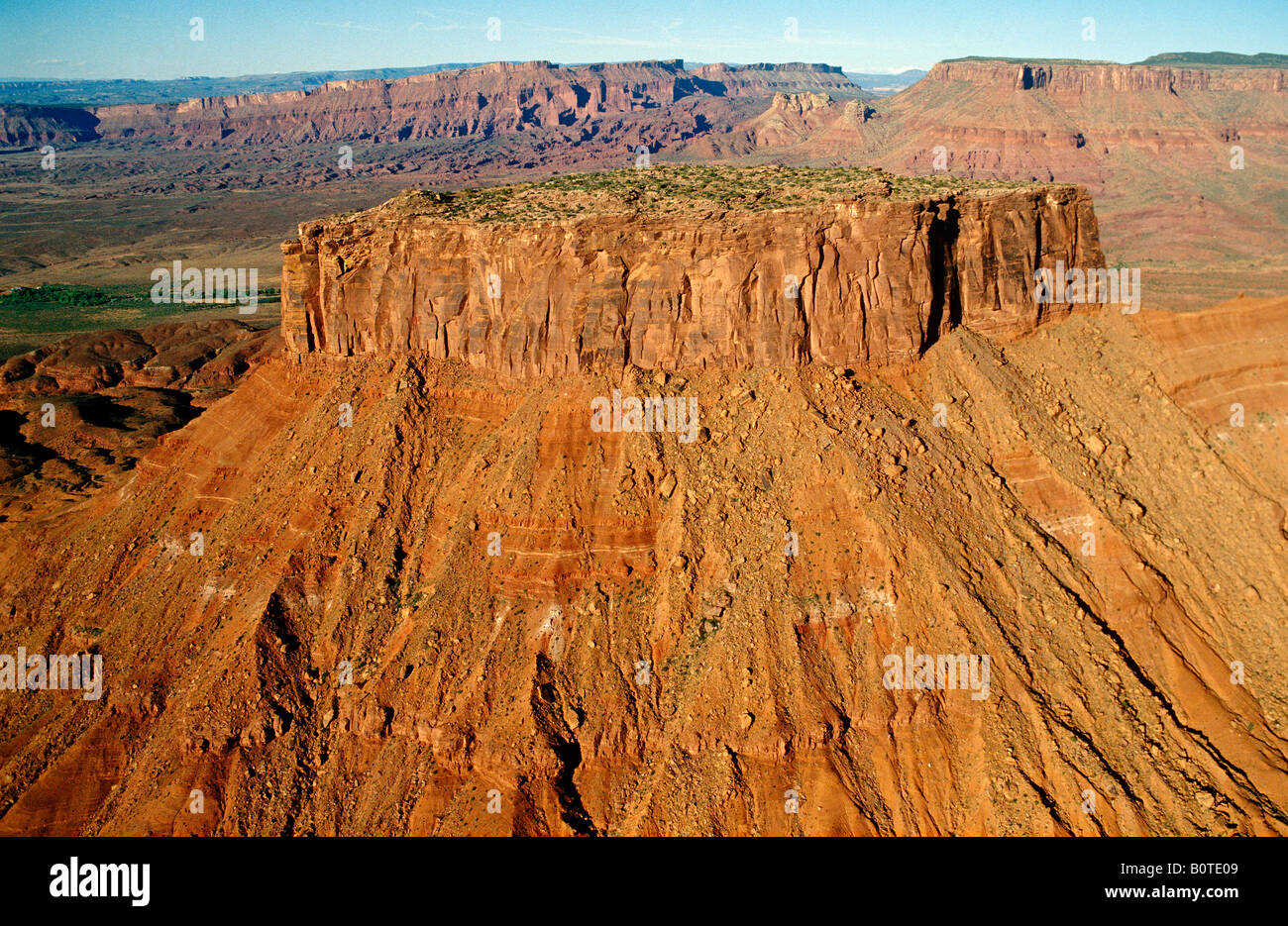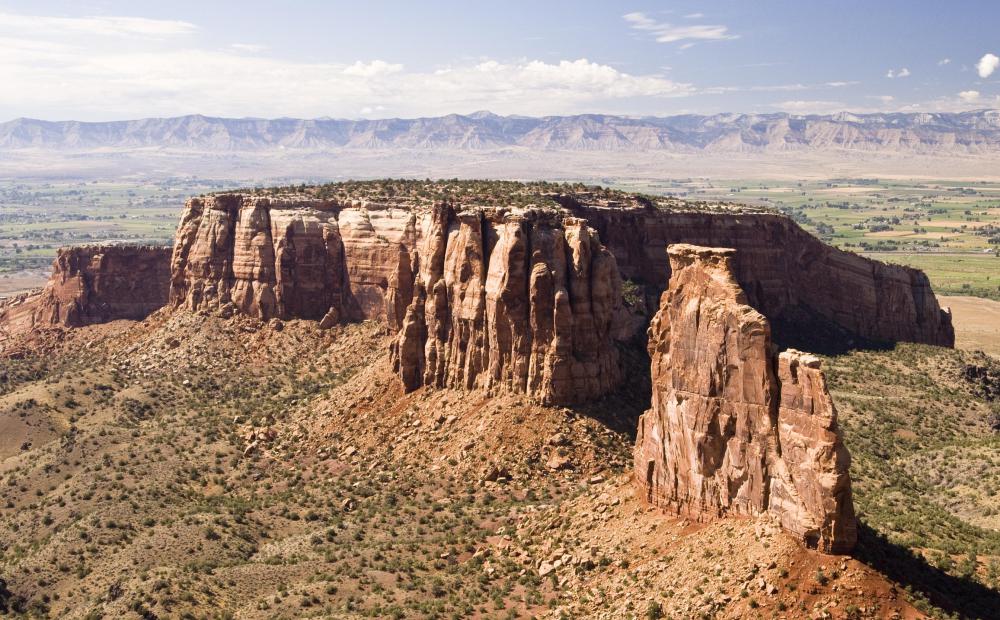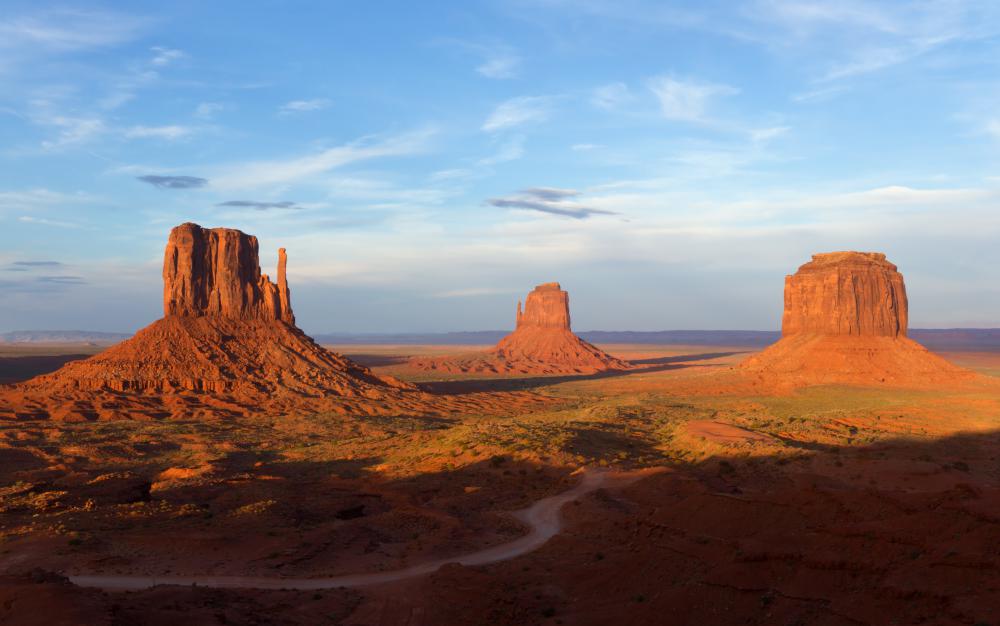
Unfurling the Invisible Atlas: Navigating the Columbia River Gorge Through Plateau Native American Historical Maps
Forget the neatly gridded, politically defined maps you’re used to. To truly understand the Columbia River Gorge, to feel the pulse of its ancient history, you must learn to read an older, deeper atlas: the historical maps of the Plateau Native American tribes. These aren’t parchment scrolls or ink on paper; they are etched into the landscape itself, woven into oral traditions, painted on rock faces, and held in the collective memory of peoples who have called this majestic region home for over 10,000 years. Visiting the Columbia River Gorge through this lens transforms a picturesque road trip into a profound journey across an invisible, yet intensely real, historical cartography.
The Columbia River Gorge, a dramatic 80-mile canyon carved by the Columbia River through the Cascade Mountains, is more than just a scenic wonder of basalt cliffs, cascading waterfalls, and lush forests. For the Nez Perce, Yakama, Umatilla, Cayuse, Klickitat, and numerous other Plateau tribes, this entire expanse was, and remains, a living, breathing map. Every bend in the river, every distinctive peak, every seasonal fishing ground, every ancient trail and sacred site served as a mnemonic marker, a navigational beacon, and a repository of knowledge. This isn’t just a place to see; it’s a place to read.
The Landscape as the Primary Map

Imagine maps that are not static objects, but dynamic narratives. Plateau historical maps were fundamentally experiential. They detailed not just where things were, but how to get there, when to be there, and what resources or spiritual significance that location held. The Columbia River itself was the central artery, the ultimate highway, its currents and eddies understood with an intimacy that modern GPS can never replicate. Tributaries were side roads, mountains were towering landmarks, and the changing vegetation zones indicated seasonal movements for hunting and gathering.
To experience this, one must engage with the Gorge on its own terms. Paddling a kayak or canoe on the Columbia River isn’t just recreation; it’s a direct re-tracing of the ultimate indigenous map. Feel the current, observe the flow patterns, and imagine the ancestral canoes, laden with salmon and trade goods, navigating these same waters. You’ll begin to understand how the river’s character – its rapids, its calm stretches, its wind tunnels – was not an obstacle, but a series of known, navigable passages, each with its own story and instruction.
Hiking the myriad trails that crisscross the Gorge offers another layer of cartographic insight. Trails like those around Dog Mountain, the less-trodden paths near Catherine Creek, or the historic Larch Mountain Trail, follow routes used for millennia. As you ascend, the landscape unfolds, revealing the wider network of valleys and peaks. Standing atop a promontory like Cape Horn or Rowena Crest, you gain the cartographer’s perspective, seeing how the river snakes through the land, how distant peaks align, and how different ecosystems converge. These vantage points were vital for planning journeys, locating resources, and understanding the vastness of their territory. You’re not just looking at the view; you’re looking through an ancient navigational tool.
Petroglyphs and Pictographs: Etched Narratives

Perhaps the most tangible remnants of these ancient maps are the petroglyphs (carvings) and pictographs (paintings) found on rock faces throughout the Gorge. Sites like Horsethief Lake State Park (near Dallesport, Washington) are critical. While many original sites were inundated by the construction of The Dalles Dam, a significant collection of relocated petroglyphs can be viewed here, along with remnants of the ancient village of Wishram. These aren’t just art; they are narrative markers, spiritual guides, and sometimes, literal directions.
Look closely at the figures: human-like forms, animal representations, geometric patterns. While their exact meanings are often lost or sacred to specific tribal groups, they collectively tell stories of origin, spiritual journeys, significant events, and important places. They mark gathering spots, ceremony sites, and places of power. To walk among these ancient etchings is to walk through an outdoor gallery of ancestral cartography, each image a symbol on a map whose full legend we can only begin to decipher. It’s a humbling experience, a direct connection to the minds and hands that shaped these lands.
The Crossroads of Knowledge: Lewis & Clark and Beyond
The arrival of Lewis and Clark in 1805-1806 brought European mapping conventions into direct contact with indigenous knowledge systems. Their journals vividly describe their reliance on tribal guides and their adoption of existing place names and routes. The maps drawn by Clark, while using European techniques, were heavily informed by the detailed geographical information provided by Chinookan, Wishram, and other Plateau peoples.

A visit to the Columbia Gorge Discovery Center & Museum in The Dalles offers an excellent interpretive bridge between these worlds. Here, you can see how the expedition’s maps were created, understand the challenges they faced, and crucially, learn about the sophisticated societies that already thrived here. The museum doesn’t just present the European perspective; it dedicates significant space to the natural and cultural history of the Columbia River Plateau, showcasing artifacts, traditional tools, and stories that illuminate the indigenous understanding of the land. It’s a vital stop for anyone seeking to understand the layering of these different cartographic traditions.
Engaging with Living History: Tribal Cultural Centers
To truly appreciate the depth and continuity of Plateau Native American historical maps, one must engage with the living descendants of the peoples who created them. The Confederated Tribes of Warm Springs Museum (north of The Dalles, off Highway 26) is an unparalleled opportunity to do just that. This is not just a museum about tribes; it is a museum by and for the Warm Springs, Wasco, and Paiute people.
Here, the concept of maps extends beyond physical location to encompass cultural identity, spiritual pathways, and the unbroken chain of generational knowledge. Exhibits showcase traditional lifeways, intricate basketry, regalia, and storytelling traditions that are themselves forms of mapping – mapping history, values, and connections to the land. You’ll hear voices that carry the echoes of ancient navigators, learn about the seasonal rounds that dictated movements across vast territories, and understand how resource management was intrinsically linked to geographical knowledge. The museum provides context, not just for the physical landscape, but for the cultural and spiritual landscape that imbues the Gorge with its deepest meaning. It is here that the invisible maps truly come into focus, explained by those for whom they are still a living reality.
The Responsibility of the Modern Traveler
This journey isn’t without its responsibilities. Many of the most profound "map" elements – sacred sites, burial grounds, specific petroglyph panels – are deeply revered and not always publicly accessible, nor should they be. Respect for tribal sovereignty and cultural protocols is paramount. This means staying on marked trails, leaving no trace, and being mindful that you are a visitor in a landscape that holds immense spiritual and historical significance for its original inhabitants.

It also means recognizing that the "maps" of the Plateau peoples are not static historical artifacts; they are living traditions. Modern Plateau communities continue to interpret, adapt, and pass down their knowledge of the land, even as they utilize contemporary mapping technologies. Their connection to the Columbia River and its surrounding lands remains unbreakable, a testament to the enduring power of their ancestral cartography.
Why This Journey Matters
Visiting the Columbia River Gorge with this cartographic lens transforms a picturesque trip into a profound historical and cultural immersion. It forces a re-evaluation of what a "map" truly is and how we understand our relationship to the land. It’s an invitation to slow down, observe more deeply, and listen to the stories that the wind, the water, and the ancient stones whisper.
You won’t find a single, definitive "Plateau Native American historical map" in a gift shop. Instead, you’ll find fragments of it in the sweeping vistas, in the silent petroglyphs, in the interpretive signs, and most powerfully, in the living culture of the Plateau tribes themselves. The Columbia River Gorge, when viewed as this invisible atlas, offers an unparalleled opportunity to step outside the familiar, to engage with a wisdom forged over millennia, and to experience a landscape not just as scenery, but as a deeply intelligent, historically rich, and profoundly sacred guide. This is a journey that maps not just the land, but the very soul of a continent.


